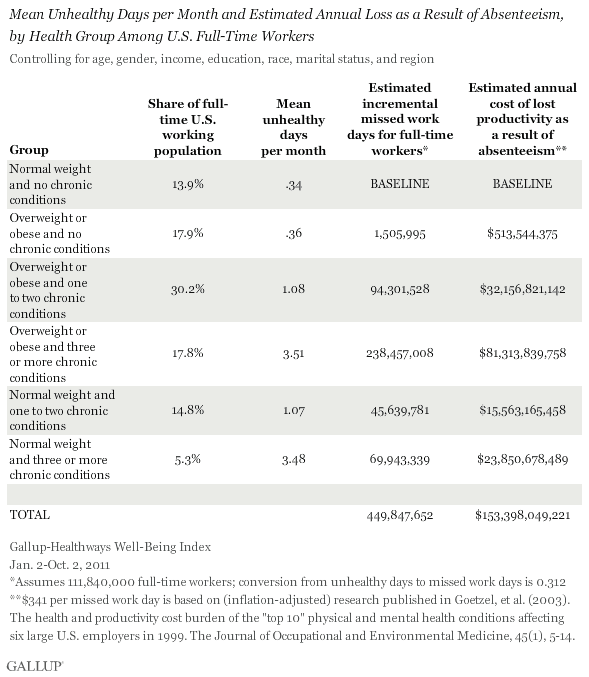Will Moving Out of a Poor Neighborhood Bring Down the Levels of Obesity and Diabetes?
Posted on
Helping people move out of poor neighborhoods into those that are better off may help reduce levels of obesity and diabetes, researchers found.
In a large social experiment, people who used vouchers to move to an area with better socioeconomic conditions were significantly less likely to have a high body mass index (BMI) and elevated glycated hemoglobin (HbA1c) levels than those who remained in poor neighborhoods, Jens Ludwig, PhD, of the University of Chicago, and colleagues reported in the Oct. 20 issue of the New England Journal of Medicine.
Moving from high-poverty to low-poverty areas is associated “with modest but potentially important reductions in the prevalence of extreme obesity and diabetes,” Ludwig and colleagues wrote.
Researchers have long questioned whether a person’s neighborhood directly contributes to the development of obesity and diabetes. Observational studies have shown that neighborhood factors such as poverty or racial separation are associated with greater risks of these conditions.
To look more closely at the association, Ludwig and colleagues looked at data from a Department of Housing and Urban Development (HUD) program conducted between 1994 and 1998.
The department randomly assigned 4,498 women with children who were living in public housing in high-poverty urban areas to one of three groups:
1,788 received rent-subsidy housing vouchers earmarked for a move to a low-poverty area, as well as counseling ‘to help with their housing search’
1,312 got rent-subsidy vouchers with no requirement as to where they could live and no special counseling
1,398 were assigned to a control group that wasn’t offered either opportunityThe researchers then looked at participants’ health outcomes — including height, weight, and HbA1c levels — between 2008 and 2010.
Overall, 48% of the families given the vouchers to move to a low-poverty area used them; 63% used the no-restriction vouchers.
Ludwig and colleagues found that using a voucher to move to a low-poverty area was associated with a decreased risk of extreme obesity and diabetes among the female heads-of-households.
Well, we are the product of our genes and our environment.
Will public health physicians be able to identify the specific factors which affect obesity and diabetes and devise interventions for those who cannot or will not move?





